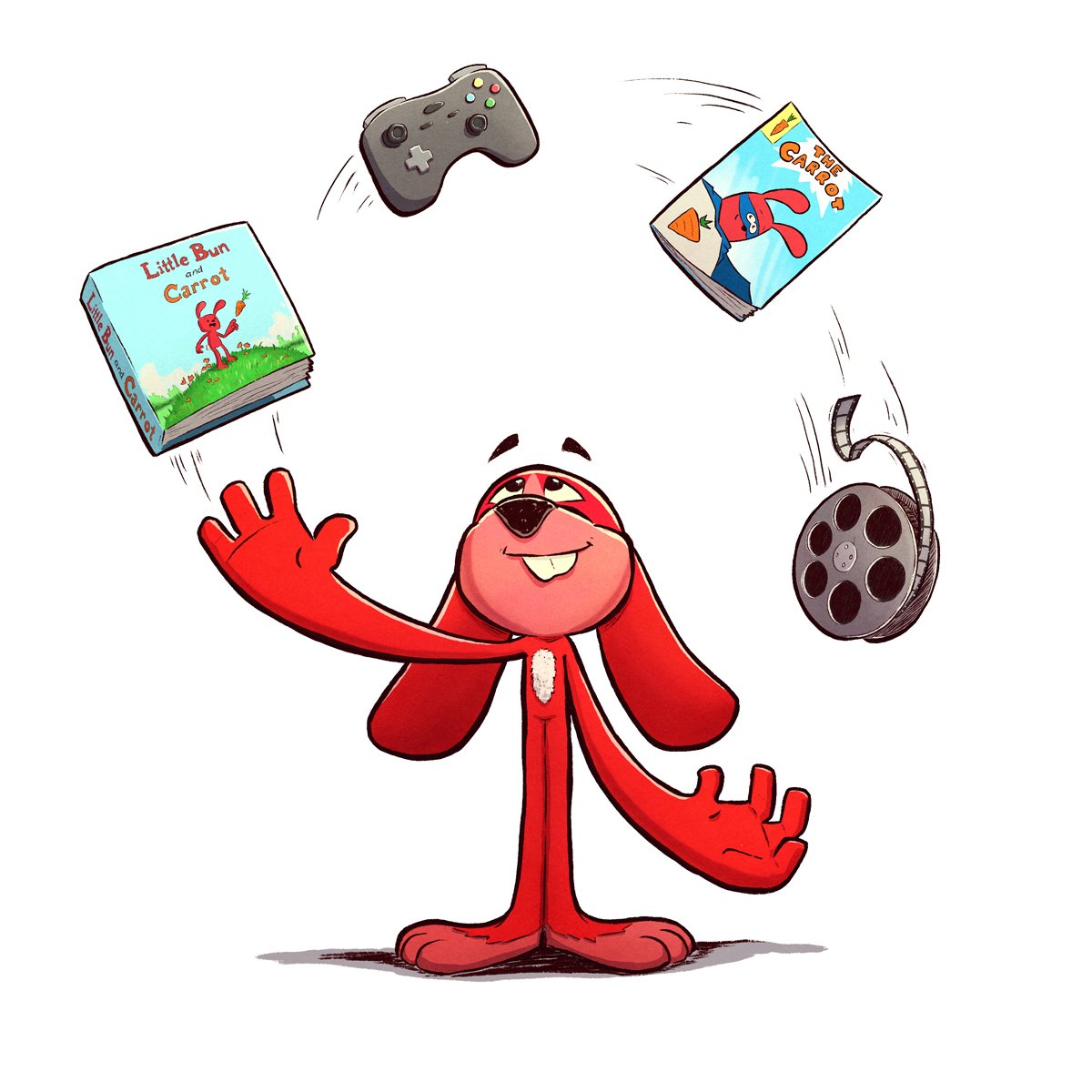Art by Josh Lewis
What’s the best way to tell my story? How do I submit a book dummy to a publisher? Are print-on-demand services worth the hype? Jake Parker, Lee White, and Will Terry discuss these questions and more in this episode.
Note: We’ve done our best to provide relevant links to products mentioned in this podcast. SVSLearn and the 3 Point Perspective podcast are supported by qualifying purchases. Thank you for your patronage!
SHOW LINKS
Children’s Book Pro Course
InDesign
Adobe Bridge
Where Do You Fit in the Children’s Book Landscape? video series
What They Don’t Teach You in Art School by Will Terry
Drifting Moon Tarot by Lee White
Printify
Deep Work by Cal Newport
KEY TAKEAWAYS
Start small, start simple, but START!
Completing bite-sized projects today can open bigger opportunities in the future.
Fostering relationships with customers takes time and money, but it’s worth it to win their loyalty.
QUESTIONS
Mariah asks: “How can you tell if your story concept would be best for books/publication, film/animation, or for video games?”
Consider redirecting your question. Rather than asking if your story would make a good movie, graphic novel, or video game, ask what you have the ability to create right now. You might have an awesome feature film concept, but can you fund it? Your video game idea is rad, but is a studio interested? Do you have the means to bring your vision to life?
Instead of holding out for the opportunity to make something big, start working on your project in a way that’s accessible to you. Want to publish a graphic novel? Start with a 20-page comic. Dream of making an animated movie? Write the script for a short film. Shrink your project down to something you can complete in the next three months. Then, get to work! Completing this smaller project will give you an understanding of what your larger project would entail. You’ll discover if you enjoy the work, if you’re good at it, and if your story is suited to the medium.
Don’t let go of your big dreams, but don’t wait around for the perfect moment to give your story life. Start small, see it through, and if it works out, keep moving towards your end goal.
Asya asks: “I know little about computers and am only a year into the wonderful world of digital illustration (I’m an aspiring author-illustrator). When an agent, editor, or art director asks for a book dummy, does it need to be a JPEG or a PDF? How big should it be visually? Should I have all the basic sketches before submitting, and what canvas size should I be working in to provide a decent dummy?”
Always submit your dummies as PDFs. PDFs allow you to include multiple images in the same file, ordered and easy to view. JPEGs are more cumbersome and easier to get out of order. Try to keep your PDFs around 10 MB. Using InDesign will help you get predictable results when exporting your files to PDF form.
When submitting to a publisher, you’ll want to send a few finished illustrations, but your dummy doesn’t need to be super polished. As long as they can identify the characters and what’s going on, you’ll be good to go.
Our course, Children’s Book Pro, teaches the specifics of making and delivering book dummies. Keep watching for enrollment to reopen if you’re serious about writing and illustrating for kids!
Marta asks: “I'm getting ready to start my online store with prints, but the shipping price, customs fees, and VAT for other continents (I'm from the EU) can make a product very expensive. Using print-on-demand services is a solution, but then I can’t control the quality or customize the packaging and add goodies like stickers and postcards. What are your thoughts on this?”
There are pros and cons to using print-on-demand services. It’s a low-risk way to test the popularity of your products, you don’t have to manage shipping or inventory, and your customers have more size and color options. On the other hand, your profit margin is very low, and unless you’re willing to spend a lot of time and money marketing your items, you likely won’t see significant financial gains. You could take a hybrid approach and use a fulfillment center. This allows you to purchase all your inventory upfront, but store it at the center, which will handle shipping whenever an order shows up. It’s more money initially, but your profit margin is much higher than using a drop-shipping service.
At the end of the day, you need to evaluate if you can sell enough units to justify the high production fees of printing on demand. Printing and fulfilling orders yourself can be tedious, but those extra, personalized touches foster relationships with your customers that will help you long-term. It’s a great option if it’s available to you!
LINKS
Jake Parker: mrjakeparker.com. Instagram: @jakeparker, Youtube: JakeParker44
Will Terry: willterry.com. Instagram: @willterryart, Youtube: WillTerryArt
Lee White: leewhiteillustration.com. Instagram: @leewhiteillo
Daniel Tu: danieltu.co.
Lily Howell: lilycamille.com
If you like this episode, please share it, subscribe, and let us know your thoughts or if you learned something new!
If you want to be a part of the discussion and have your voice heard, join us at forum.svslearn.com.

